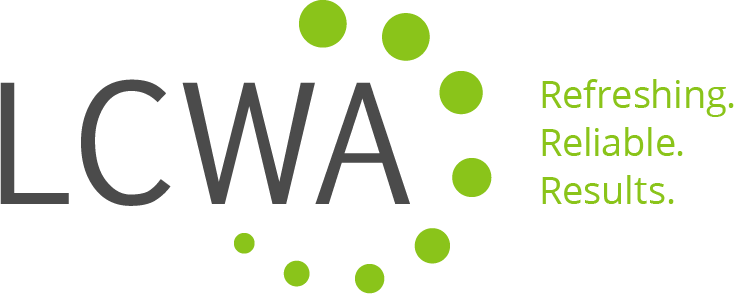June 24, 2019
 LCWA worked with the Pulmonary Fibrosis Foundation (PFF) to increase awareness about pulmonary fibrosis as part of our “Not Everyone Breathes Easy” campaign. This included securing and designing print advertisements to raise awareness about pulmonary fibrosis and the campaign with individuals who are at risk for the disease.
LCWA worked with the Pulmonary Fibrosis Foundation (PFF) to increase awareness about pulmonary fibrosis as part of our “Not Everyone Breathes Easy” campaign. This included securing and designing print advertisements to raise awareness about pulmonary fibrosis and the campaign with individuals who are at risk for the disease.To foster a cohesive look for the campaign, we designed a printed checklist that could be torn and carried into the doctor’s office. This created a clear call-to-action and made it easy for readers to understand what may be putting them – or a loved one – at risk for pulmonary fibrosis. Additionally, it tied to the “Not Everyone Breathes Easy” microsite, where a downloadable Risk List is available on the AboutPF.orgwebsite.
With the checklist in place, it was important that each advertisement utilize strategic imagery and messaging based on the specific target audience.
- A Chicago Tribune advertisement ran in November 2018, and featured an image of Gary, a PFF ambassador and patient. We also worked with the Chicago Tribune on an e-blast and online content in its “Primetime” section, which is targeted to Baby Boomers.
- Another ad ran in the January issue of WebMD Magazine, during the height of flu season. As the most read magazine at the doctor’s office, the ad copy suggested to readers that the cough they may be currently waiting to see their doctor for might not be the flu – but something more serious.
- An advertisement in the annual Garden Guide Magazine was used to reach senior females. This also included two e-newsletterplacements to drive further awareness of the disease among Garden Guide readers.
- A full-page advertisement in VFW Magazine, which reaches veterans of foreign wars, ran in the May issue. With an average age of 66, it reaches the prime audience for those at risk of pulmonary fibrosis.
Overall, the traditional advertising program secured four print advertisements and reached more than 19.3 million impressions, increasing awareness of the disease nationwide to those at-risk and encouraging readers to advocate for their health.
